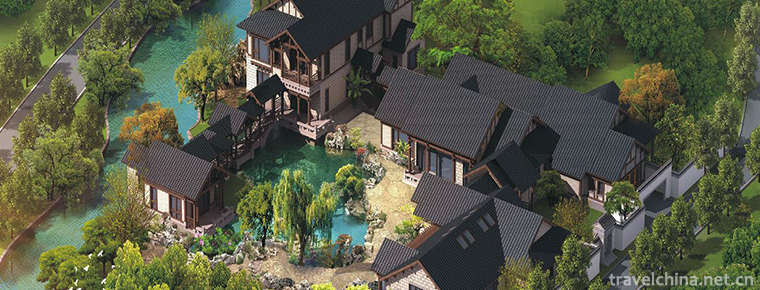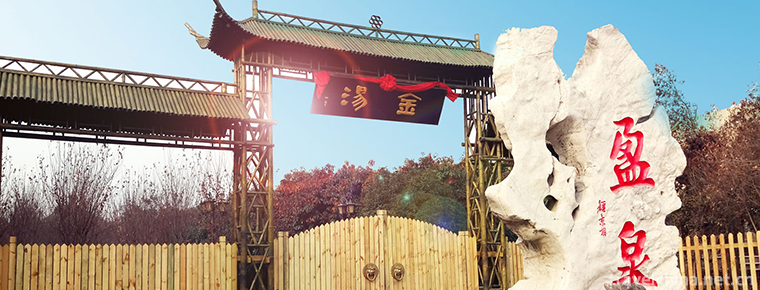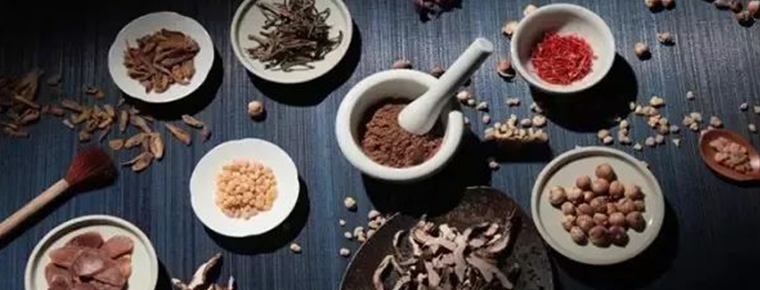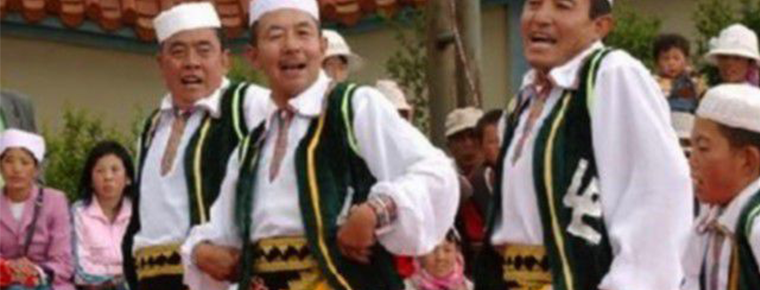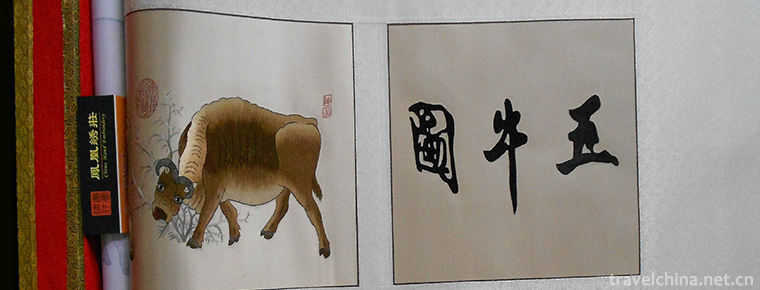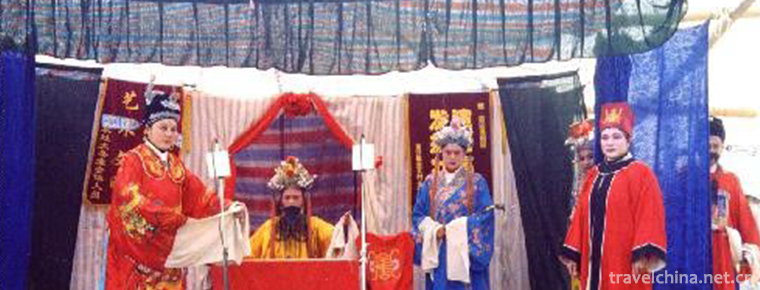Sertar County
Sertar County is a county under the jurisdiction of Ganzi Tibetan Autonomous Prefecture in Sichuan province. Located in the northeastern part of Ganzi, north latitude 31 degrees 38 '-33 degrees 20', east longitude 98 degrees 48 '-101 degree 00'. Located in the intersection of Sichuan Province, Qinghai Province and Aba Prefecture, Ganzi Prefecture and Guoluo Prefecture of Qinghai Province, as well as the junction of Rantang County, Ganzi County, Luhuo County, Shiqu County, Dari County and Banma County, to the east of Yantang County, Aba Tibetan and Qiang Autonomous Prefecture, to the north of Banma and Dari counties in Qinghai Province, and to Ganzi Prefecture in the West and south of Gansu Province, respectively. Zhe and Luho two counties are adjacent to each other.
In 2011, the area under the jurisdiction of Seda County was 9338.98 square kilometers, covering 2 towns, 15 townships and 134 administrative villages. At the end of the year, the total population was 45 661, the birth rate was 11.09, and the natural population growth rate was 6.19.
In 2011, the county's total GDP reached 382 million yuan, an increase of 13% over 2010. Among them, the added value of the primary industry was 197 million yuan, an increase of 6.9 percent over 2010; the added value of the secondary industry was 33.45 million yuan, an increase of 14.6 percent over 2010; and the added value of the tertiary industry was 151 million yuan.
The city covers an area of 1.8 square kilometers, with 7802 permanent residents and an average of 8,000 floating people for many years. It is the political, economic and cultural center of the county. The city is composed of "three vertical and six horizontal" streets with "well" shaped roads. Seda County is the Tibetan people with the highest altitude, the coldest climate and the worst natural conditions in Ganzi Prefecture. Ethnic groups live together.
The origin of the name of Seda County, after textual research, is mainly due to the early discovery of a horse-shaped gold in Setang named, so it is known as "Golden Horse".
In September 25, 2018, the Ministry of Commerce received the honorary title of "e-commerce in 2018 into the rural comprehensive demonstration county".
It has a long history. As early as 3,000 years ago, human beings have been breeding here. The Dong clan, one of the six major clans of the ancient Tibetan, lived a nomadic life of water and grass. The local people called "Agaromai" that means ape man.
The ancient town of Se Da is Qiang.
Tang and song belong to Tubo.
Yuan is a branch of Tubo and other road propaganda and comfort department.
Ming is the ruler of the Department of command. At the end of the Ming Dynasty, the part of the tile bone system moved to Seda Duke and nomadic in the upper reaches of Ke Ke.
In the Qing Dynasty, Kang district changed the territory to return to the stream. Zhao Erfeng repeatedly referred to the attempt of zedad to return to Cheng Cheng.
In the period of the Republic of China, there was no change in Qing Dynasty.
In August 1952, Saida was liberated peacefully, and the Xikang government was built in Sichuan, Ganzi county. 1955 11 menstruation approved by the State Council county.
topographic features
The topography of the county is complicated. Located at the southern foot of Bayan Kara Mountains, the tectonics belongs to the fold belt of Bayan Kara Mountains in the western Sichuan geosyncline system. The elevation of the whole area is mostly over 4000 meters. The whole terrain is inclined from northwest to southeast, high in Northwest and low in southeast.
Most of the area in Seda County is a typical hilly plateau, with dense streams and rivers in the northwest, poor drainage and swamp development. The gradient is less than 30 degrees, a few peaks protrude from the plateau 700-900 meters, elevation of more than 4000 meters for the typical hilly original landform, relative height of 500-1000 meters; below the altitude of 3500 Baerba valley, the river is deep, water erosion is serious, plateau mountain original landform. The total area is about 84% of the plateau area, 15% of the mountain area and 1% of Pingba.
The whole territory of Sai Da is cut by three faults. It is northwest or west. It belongs to the West Wing of Jin Tang arc. The Seda fault crosses the mud meander (river) along the Geletuo-Loroe-Seda line obliquely; the Kangle fault crosses the mud meander (river) basin along the Tazi-Kangle line; and the Xianshuihe fault only appears on the right side of the Daqu (river). Except for Geletuo-Luoruo-Seda fault, the three faults are relatively stable, the other faults are in active state.
hydrology
There are four big rivers in Seda County. The valleys are wide and shallow, with many branches and heart beaches. The first-order terraces develop and form plateau flat dams. The Daqu and Niqu rivers are the Yalong River systems. The Niqu (river) originates in the southern foot of the Bayan Kara Mountains and flows about 230 kilometers. The Duqu and Sequ rivers are the Dadu River systems. The Sequ river originates in the Tuolu Valley and flows 144 kilometers. The average annual runoff is 4.936 billion cubic meters, and the water energy reserves are 634.79 million kilowatts. The water energy reserves of the Sequ and Niqu rivers alone are more than 260,000 kilowatts. There are 18 tributaries in the basin area of 100 square kilometers.
climate
The climate of Seda County belongs to the continental plateau monsoon type. The annual average temperature is - 0.16 C, the January average temperature is - 11.1 C, the July average temperature is 9.9 C, the extreme minimum temperature is - 36.3 C, the extreme maximum temperature is 23.7 C, there is no summer in the long winter. Frost and snow can appear in all seasons, and the oxygen content in the atmosphere is less than 60% of the standard. The daily average temperature is more than 3 degrees, and the annual total solar radiation is 80 - 200 thousand /cm.
The annual average sunshine hours in SE Da county are 2451.1 hours. The average precipitation is 65L4mm, mostly concentrated from June to September. The average frost-free period of the whole region is 21 days. The area below 3700 meters above sea level is slightly longer, and there is no absolute frost-free period at high altitude.











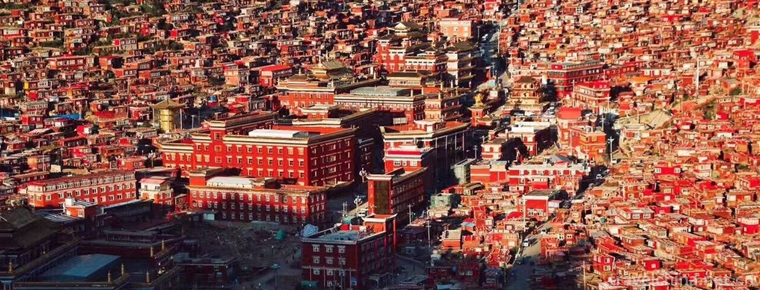
-
Huanshui Bay Hot Spring Resort
Huanshui Bay Hot Spring Tourist Area of Anyang City is located at the exit of Anlin Expressway in Anyang Hi-tech Development Zone, Henan Province, close to National Highway 107 and the west side of Be.
Views: 304 Time 2019-01-17 -
Xinyingtai Eco Spa Resort
Yingtai Eco-Hot Spring Resort (Eco-Park) is located on the parallel road of Tengzhou City, Shandong Province. It is a comprehensive service enterprise integrating eco-catering.
Views: 179 Time 2019-02-26 -
Traditional fragrance making techniques
Fragrance, originated from herbs, not only fragrance overflowing nose, but also eliminating pollution, curing illness, recuperating body and mind, in a relaxed and happy heart, helping people calm dow.
Views: 125 Time 2019-04-21 -
Hui Banquet Song
The Hui banquet song is one of the folk songs sung by the Hui people at weddings, festivals and Islamic festivals. Also known as "Family Music" and "Vegetable Music"..
Views: 351 Time 2019-05-04 -
Beijing embroidery
Beijing embroidery, also known as palace embroidery, is an ancient Chinese traditional embroidery technology, the general name of embroidery products centered on Beijing. Ming and Qing .
Views: 296 Time 2019-05-07 -
Nanyin Rap
Nanyin rap is a form of rap sung in Guangzhou dialect. It is also a common melody in Cantonese opera and Cantonese opera. It is said that Nanyin rap was developed on the basis of wooden fish and drago.
Views: 280 Time 2019-06-07 -
Childrens play
Tongzi Opera is a form of performance in folk prayer activities in Jiangsu Province. It is popular in Nantong City of Jiangsu Province and in the central and western parts of Tongzhou City and its sur.
Views: 194 Time 2019-06-23 -
Scrambled eggs with green peppers
Fried eggs with green peppers is a family dish. The main ingredients are eggs and green peppers. The auxiliary ingredients are lard, salt, vinegar, onion, etc. the main cooking technology is fried, ye.
Views: 432 Time 2020-04-10 -
Social undertakings in Mianyang
In 2018, Mianyang City applied for provincial science and technology projects and implemented 132 million yuan of free funds. There are 272 high-tech enterprises in the city, including 5 national engineering technology research centers and 19 provincial.
Views: 129 Time 2020-12-14 -
Leshan secondary industry
In 2019, the industrial added value of Leshan City is 68.028 billion yuan, an increase of 8.8% over the previous year, accounting for 36.5% of the city's GDP, driving economic growth by 4.0 percentage points and contributing 52.8% to economic growth..
Views: 360 Time 2020-12-17 -
Climate of Nanchong
Nanchong belongs to the subtropical humid monsoon climate. Compared with the Yangtze River Valley in the south of the basin, the temperature is relatively low, the rainy season is longer and the rainstorm is more. Compared with the Western Sichuan plain.
Views: 266 Time 2020-12-17 -
Yibin social security
By the end of 2019, there were 1.0302 million people participating in the basic endowment insurance for urban employees, an increase of 25500 over the end of the previous year, and 1.921 million people participated in the basic endowment insu.
Views: 357 Time 2020-12-18
